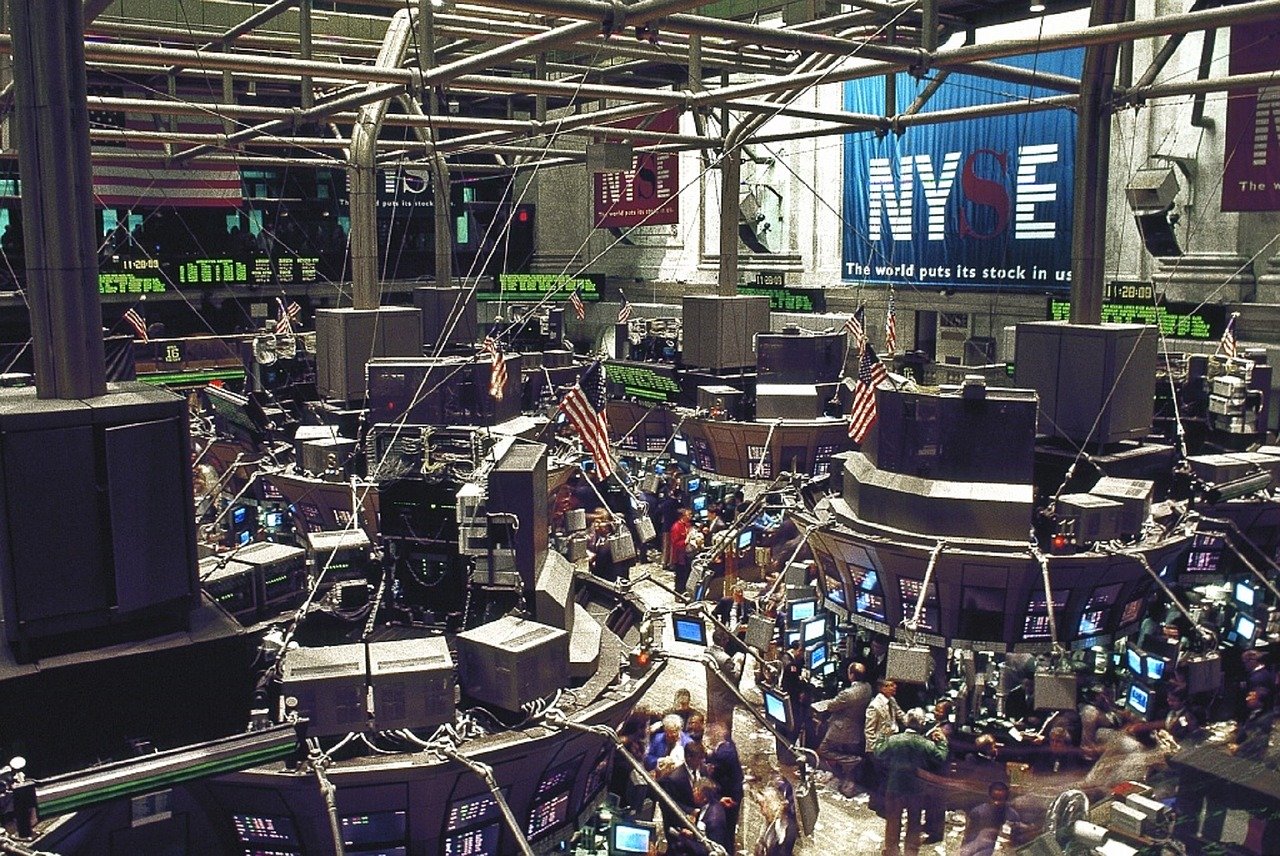EQUITIES
Asia-Pacific stocks were mostly higher in Wednesday trade as investors watch for developments surrounding the war in Ukraine.
Mainland Chinese stocks led gains among the region’s major markets, with the Shanghai composite climbing 1.52%, while in Hong Kong, the Hang Seng index jumped 1.34%.
Hong Kong-listed shares of embattled developer Evergrande’s electric vehicle unit dropped 8.52% after they resumed trading on Wednesday and the China Evergrande Group will “remain suspended until further notice,” according to a Tuesday announcement by the firm.
Elsewhere, South Korea’s KOSPI advanced 020%, and in Australia, the S&P/ASX 200 climbed 0.67%.
Japan's Nikkei 225 bucked the trend however, falling 1.62%, as observers pointed to profit taking heading into the end of the fiscal year. The benchmark hit a two-month closing high on Tuesday.
Overnight on Wall Street, the Dow Jones Industrial Average rose 0.97%, to 35,294.19, the S&P 500 gained 1.23%, to 4,631.6 and the Nasdaq Composite added 1.84%, to 14,619.64.
OIL
Supply tightness kept oil prices firm on Wednesday, despite the hopes emerged from peace talks between Moscow and Kyiv.
The focus turned to tight supply after the American Petroleum Institute industry group reported crude stocks fell by 3 million barrels in the week ended March 25, according to market sources. Also keeping the market tight, major oil producers also are unlikely to boost output above their agreed 400,000 barrels per day when the OPEC+, meet on Thursday, according to several sources.
Brent crude futures were up slightly to $111.21, reversing a 2% loss in the previous session. While the U.S. WTI crude futures gained to $104.90 a barrel, erasing a 1.62% drop on Tuesday. The prices briefly dropping below $100 a barrel overnight before pairing some losses in the latest sequence of huge swings across the oil market.
CURRENCIES
U.S. Treasury yields also continued to be monitored by investors on Wednesday, with markets now watching the spread between the 2-year and 10-year rates for a potential inversion — after the curve briefly inverted on Tuesday for the first time since September 2019, as bond investors bet that aggressive tightening by the Federal Reserve could hurt the U.S. economy over the longer term.
That is unusual because investors typically expect more compensation for taking on the risk that rising inflation will lower the expected return from owning longer-dated bonds. That means a 10-year note typically yields more than a 2-year note.
The yield on the benchmark 10-year Treasury note last sat at 2.354% while the yield on the 30-year Treasury bond was at 2.4797%. The 5-year Treasury note yield was at 2.4566% while the 2-year Treasury note’s yield sat at 2.3405%. Yields move inversely to prices.
The U.S. dollar index, which tracks the greenback against a basket of its peers, was at 98.166 after a recent drop from above 98.8.
Germany's benchmark 10-year Bund yield - the main gauge of European borrowing costs - hit its highest since early 2018 and 2-year yields turned positive for the first time since 2014, adding to the seismic shifts in global rates markets this year as inflation has surged.
The ruble is staging a comeback that could soon see it making up all the losses it suffered in the weeks after Russia invaded of Ukraine, although it has some way to go yet. Russia's rouble sat at 89 to the dollar after hitting a month-high of 83.50 in offshore trade on Tuesday.
GOLD
Gold prices rose on Wednesday, supported by a dip in the U.S. dollar and Treasury yields, though signs of progress in Russia-Ukraine peace talks dented the metal's appeal as a safe haven and kept gains in check.
Spot gold was up 0.3% to $1,927.00 per ounce, bounced back after fell as much as 1.8% on Tuesday to a one-month low. U.S. gold futures rose 0.6% to $1,929.70.
Spot silver was up 0.1% at $24.88 per ounce, and platinum rose 0.9% to $996.00.
Palladium gained 1.5% to $2,182.15, after dipping to a more than two-month low of $2,032.97 in the last session. The auto-catalyst metal has tumbled nearly 40% since scaling an all-time high on March 7 as supply concerns from Russia eased. Sanctions on Moscow for its invasion of Ukraine had triggered supply concerns as Russia is a major producer of nickel, aluminium, and copper.
ECONOMIC OUTLOOK
Asia shares joined a global rally on Wednesday on optimism some progress was being made toward a deal to resolve the conflict between Russia and Ukraine, while bond markets signaled concern overnight that aggressive rate hikes could damage the U.S. economy after 10-year yields briefly dipped below two-year rates.
The apparent progress in peace talks on Tuesday saw Russia pledged to cut down on military operations around Kyiv and in northern Ukraine, while Ukraine proposed adopting a neutral status with international guarantees to protect it from attack, in the first sign of progress toward peace in the five-week conflict.
Though some doubts have set in over the pledge, with Pentagon Press Secretary John Kirby warned the troop movements do not amount to a retreat.
Prices meanwhile eased for oil and other commodities, helping calm concerns about rising inflation and the path of monetary policy by the Federal Reserve, which has started hiking interest rates to combat rising prices.














